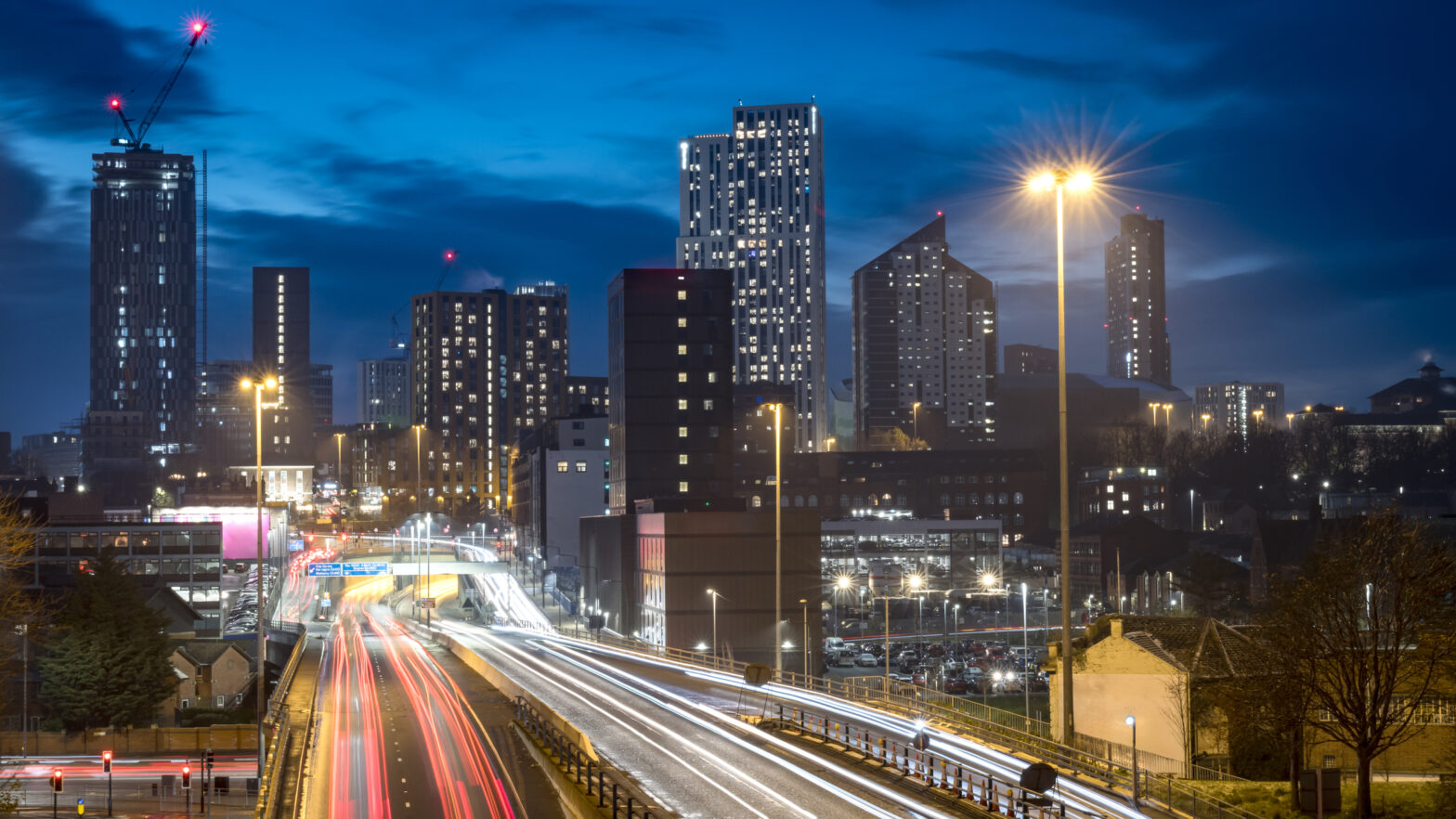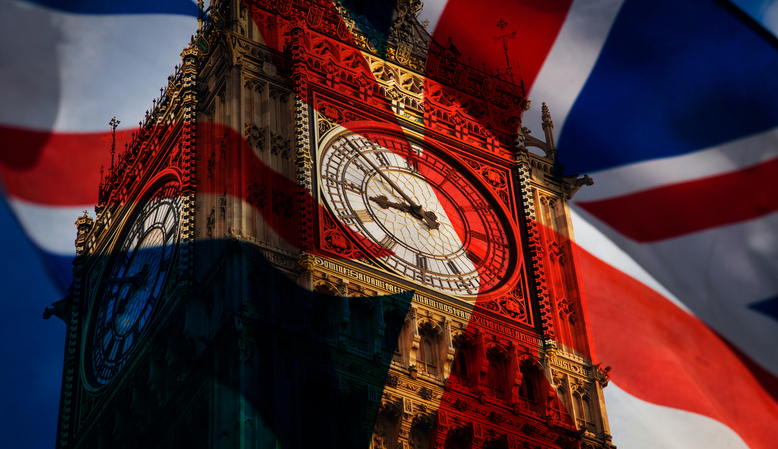It is now a little over a year since the social media behemoth that is Facebook acquired Instagram for a sum, back then, of $1 billion.
At the time of the purchase Instagram was only staffed by 13 people, led by founders Kevin Systrom and Mike Krieger, and had no clear plans of how it was going to monetise its 30 million and growing user base.
To add further intrigue to the deal, only two weeks before, the photo sharing service had closed a mega venture capital deal with Silicon Valley heavyweight Sequoia Capital.
So why did the firm decide to dilute its value so close to a massive exit which would put $300 million in its pocket and inextricably tie it in to the future success or failure of Facebook?
A recent article in Vanity Fair magazine has shed some light on the history of Instagram and the transaction itself, clearing up some of the questions that those of not with their finger on the pulse of the Valley had.
First off, it appears that Instagram was fielding offers from a much earlier date than might have been imagined. The two main protagonists were Facebook and Twitter, led by Messrs Zuckerberg and Dorsey.
Systrom had history with Twitter when he worked at its precursor Odeo and was friends with Zuckerberg through building up businesses in California.
Both technology companies had tried to convince Systrom that Instagram was better suited to be in their stable. However, the entrepreneur had decided that he wanted to keep Instagram independent – hence the funding round with Sequoia.
More on early-stage funding:
When Instagram and Systrom did ultimately decide to sell, the business already had an illustrious list of backer including Dorsey himself, Benchmark Capital, Chris Sacca and Zuckerberg’s former roommate at Exeter Adam D’Angelo.
In Vanity Fair, Kara Swisher explains that it was Zuckerberg’s decision to not take no for an answer that led to the deal taking place. Having turned down an ‘informal’ half billion dollar offer from Twitter, Systrom was convinced by an improved offer from the Facebook founder.
It was his honouring of a gentleman’s agreement with Sequoia Capital that kept the fundraising transaction alive.
That an 18-month old business had managed to entice so many influential backers to invest is a recognition not only of its popular platform, but also the power of smartphone-based web applications in creating, from scratch, a service which could scarcely keep count of its users.
Whether or not Instagram was worth the $1 billion (later revised to the $750 million level due to Facebook’s share price) is not yet known – the photo service is still working out how it is going to monetise itself. What is clear is that the growing demand for smartphone applications is allowing a new wave of entrepreneurs to build the kind of wildly successful start-ups that their predecessors would be green with envy about.
While this new breed of technology company must be careful to not benchmark itself against the value of Instagram (or risk facing the wrath of many an exasperated VC), this kind of success story is sure to give young entrepreneurs the drive and zeal it will take to get their venture off the ground and, just maybe, turn it into the next Instagram.
See also: The best Instagram accounts to follow for your small business






